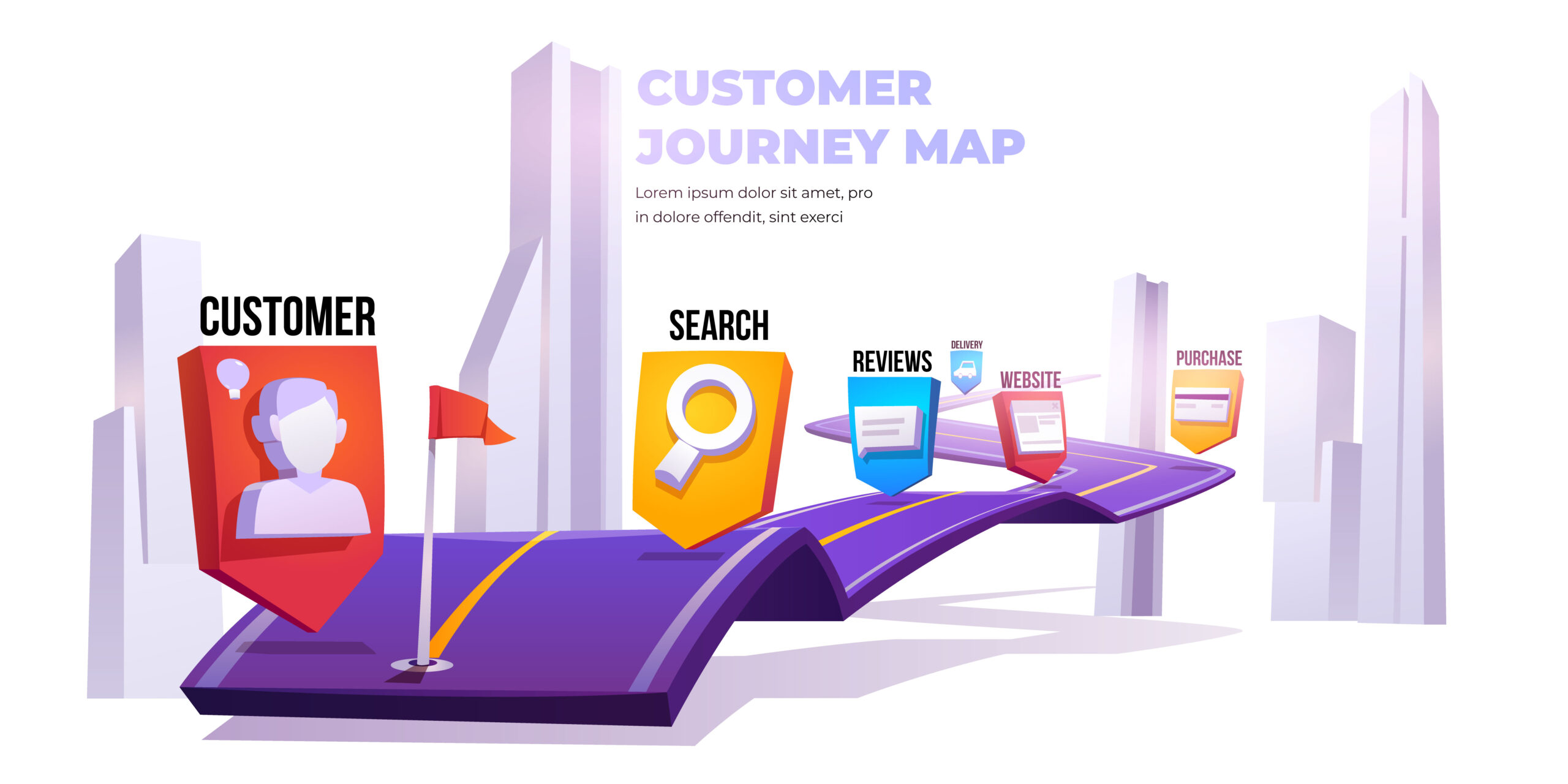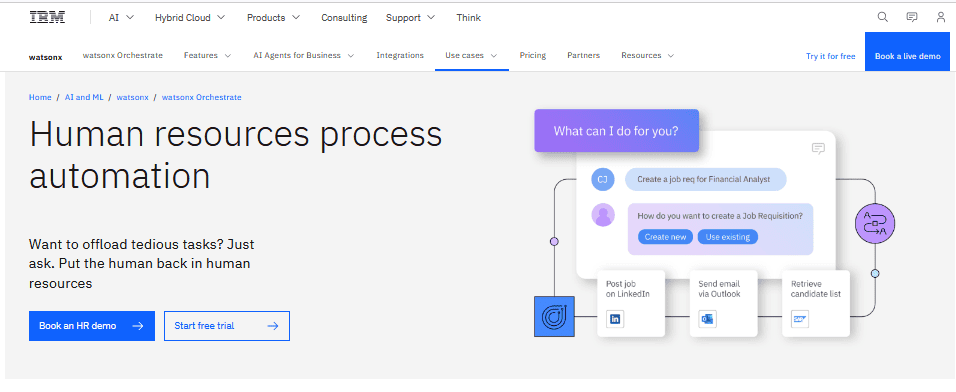Mastering Use Cases: A Powerful Marketing Tool for Manufacturers
By Helen McCrone, Freelance Content Writer | 1,407 words
Demonstrating effectively the value of new or complex products to prospective customers can be a struggle for B2B manufacturers. While Software-as-a-Service (SaaS) developers have mastered the art of illustrating practical applications through use cases - a quick search on Google will turn up dozens of SaaS examples - many manufacturers are missing this powerful marketing opportunity. It's time to get in on the act.

No customer? No problem
Use cases may not be as splashy as customer success stories, but they can be just as effective, and they integrate seamlessly into existing marketing campaigns. If you want to showcase your product's versatility across industries or departments, or you don't yet have a customer to testify to real-world results, use cases could be the solution you've been overlooking.
What are use cases?
Let’s start with what use cases are not. They’re not:
- Case studies: These detail the successful implementation of a solution and its operational or financial results for a specific (usually named) company.
- Product pages: These are designed to nudge buyers to place an order and typically include detailed specifications, pricing, reviews and shipping information.
- Product data sheets: These summarize a product's performance, certifications, technical characteristics, components and materials, often in a single-page format.
Use cases demonstrate how a product or service can be applied to solve specific problems or achieve particular goals. They are utilized in several ways, including:
- Software development: To map the different ways a user interacts with a system and to identify elements such as actors, triggers and steps.
- Product development: To help recognize a user’s pain points and to define the product’s features that will meet the user’s needs.
- B2B marketing: To make the value of innovative and complex products or services more tangible to prospective customers in various industries.
In the rest of this article, I’ll be concentrating on how use cases are used in B2B marketing.
Use cases don’t show what happened; they show what is possible
How do use cases differ from case studies?
Use cases and case studies are pretty similar. However, unlike case studies, use cases typically present hypothetical or generalized scenarios. In other words, they don’t show what happened; they show what is possible. Therefore, they’re often used earlier in the sales funnel. Here’s a good example of a use case from Salesforce:
This use case by Salesforce illustrates how Blockchain can be utilized in industries such as financial services, healthcare and education. It outlines scenarios like regulatory reporting, loyalty programs, drug labelling and tracking goods to source, thus helping readers understand how they could leverage this powerful system in their companies.
Notice how the use case focuses on Blockchain’s features, practical applications and common industry pain points. It does not refer to a specific company or use a narrative style, but—like all good content—it does have a clear Call to Action: “Learn more about Blockchain here by taking a free online course.”
Use cases are particularly useful for new-to-market, not-yet-ready, and hard-to-understand solutions.
The major benefits of use cases in B2B marketing
Use cases are ideal for helping B2B companies demonstrate the practical applications of their technology, often across many industries. This is particularly true for new-to-market, not-yet-ready and hard-to-understand solutions.
What could be more beneficial to the buyer’s journey than helping potential customers visualize your product or service solving a pressing problem in their organization or industry?
Consider this: According to TechTarget’s 2024 Media Consumption and Vendor Engagement Study, 92% of technology decision-makers begin their research when they uncover a problem, regardless of budget, and they consume an average of 12 pieces of content doing research and shortlisting potential vendors.
So, it makes sense to give your prospects information in a format that will support their problem-solving and decision-making processes and can facilitate your sales conversations further down the road.

When and how to leverage use cases in marketing
Use cases, like webinars and white papers, are most useful at the top of the sales funnel. This is where topic-focused educational content comes to the fore. Technical buyers are looking for honest information and practical examples. They want to understand what your solution does, who it best serves, and how it differs from other solutions in the market.
Know who to target
Who specifically should your use cases be targeting, though? The same TechTarget study I reference above says operators and managers (as opposed to directors and executives) are most likely to consume early-stage content. That makes sense because they’re interested in integrations and implementation issues, technical and business challenges, and solution comparisons—the things they’re dealing with day in, day out.
Know when to use
You also need to consider the best time to deploy them. Ideal scenarios for employing use cases include launching a new product, breaking into another industry, increasing brand awareness, explaining a complex product, and introducing a new technology still at the conceptual stage.
Real-world examples
Here are two more examples from the B2B world. The first use case is from IBM, which employs use cases across various industries for its AI platform Watson. The second use case is from German Bionic, which showcases its smart power suits and other wearable technologies via use cases.
Example 1
IBM's use case explains to business managers how its HR chatbox can provide easy access to HR policies and deliver timely and accurate responses to employees. It zooms in on common HR topics like compensation, travel and expenses, and diversity and inclusion training to make it relatable.
Note the excellent use of images, results and benefits to support the text, plus the clear pointers to a demo site, case studies and related features. The Call to Action is to schedule a personal demonstration with a product specialist.
Example 2
German Bionic’s use case shows how its wearable technologies help workers carry out common manual tasks in various industries. For example, the exoskeleton can be used in manufacturing for processing, assembly and production line tasks. In food and beverage logistics, it can be used for crate handling, palletizing and picking.
Each industry page includes images, quotes and testimonials. The design is clean, and the text is concise, giving readers an excellent overview of the exoskeleton’s many applications. The Call to Action is “Don’t see your case above? No problem! Contact us for a consultation”.
Creating your own use cases: elements to include
When I look for real-world examples of use cases, I notice something. There is no standard style or format. I’ve seen:
- several applications listed on one page for a specific industry
- one application described across different industries on one page
- one page dedicated to one application and one industry or task
- narrative, descriptive and journalistic "stories"
They’re not always called use cases either. Some companies call them “applications”.
Do your own thing (sort of)
The lack of a standard means you're free to create a style and format that best suits your brand image, the nature of your solution and the expectations of your target audience. However, to make your use cases effective, I suggest including most, if not all, of these elements:
Use cases educate your prospects, support their decision-making processes, and facilitate your sales conversations.
Promoting and measuring the impact of your use cases
Once you’ve created your use cases, you must ensure they’re found and read by your target audience. Promoting use cases is really no different to promoting customer success stories. Put them on a dedicated landing page, post them on social media, include them in your newsletter, use them in your sales presentations, add them to your product info packages, and so on.
You’ll also want to assess their performance using tools like Google Analytics and feedback from your sales force. Track key metrics such as engagement rates (views, downloads, shares, backlinks) and lead generation from the landing page (sign-ups, requests for more info or a demo), and ask your reps what impact they have on the sales cycle. Over time, you can develop internal methods for gathering feedback and improving your use cases.
Wrapping it all up
By integrating use cases into your marketing strategy, you’ll not only be educating potential users and buyers about your innovative product but also supporting their decision-making processes and facilitating your sales conversations further along the buyer’s journey. And that's what makes use cases such a powerful marketing tool for manufacturers.
Need help writing your B2B use cases or customer success stories? Check out my case study writing service, then drop me a line at [email protected] for a chat and a no-obligation quote.




